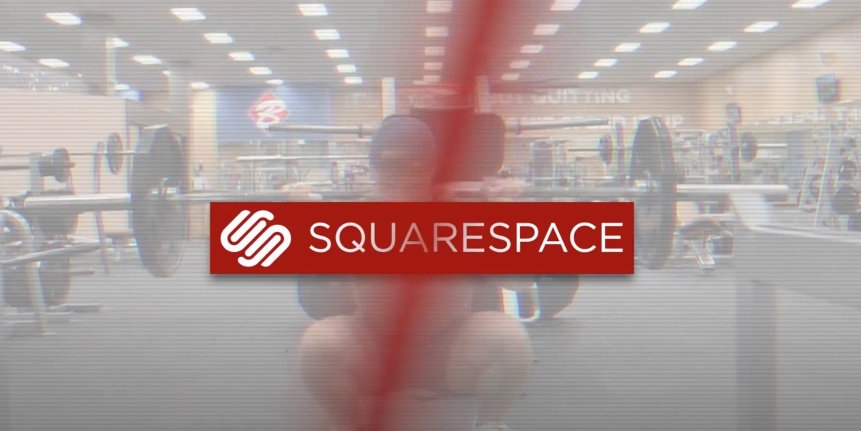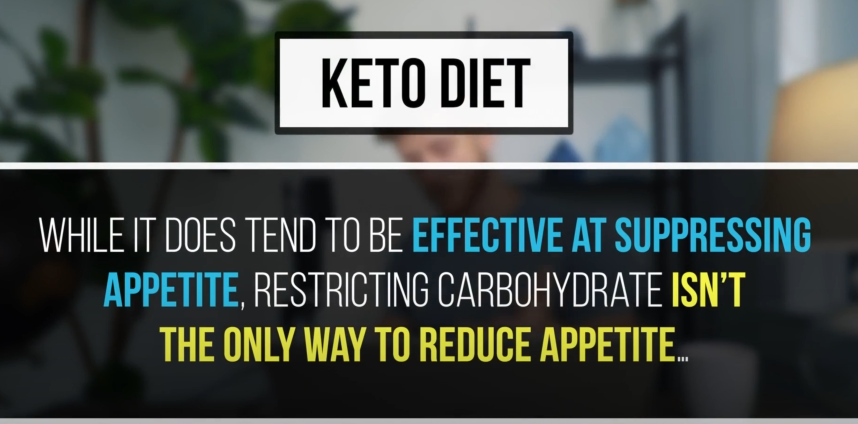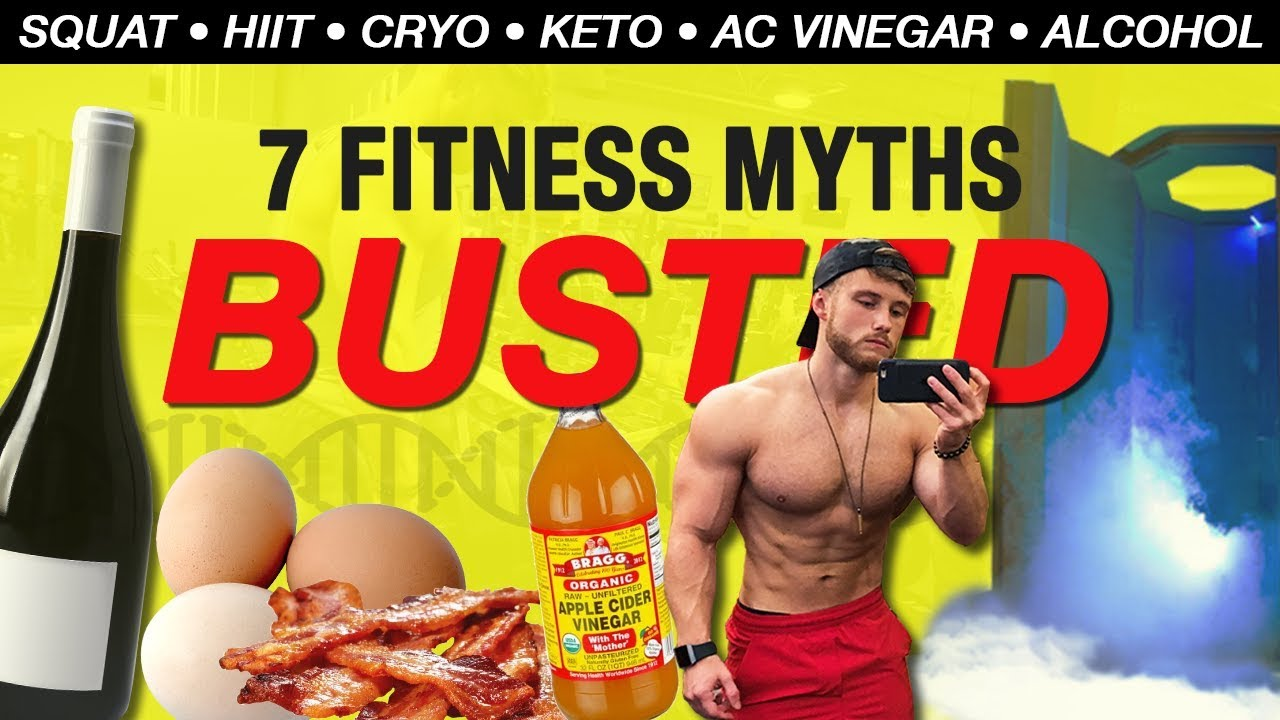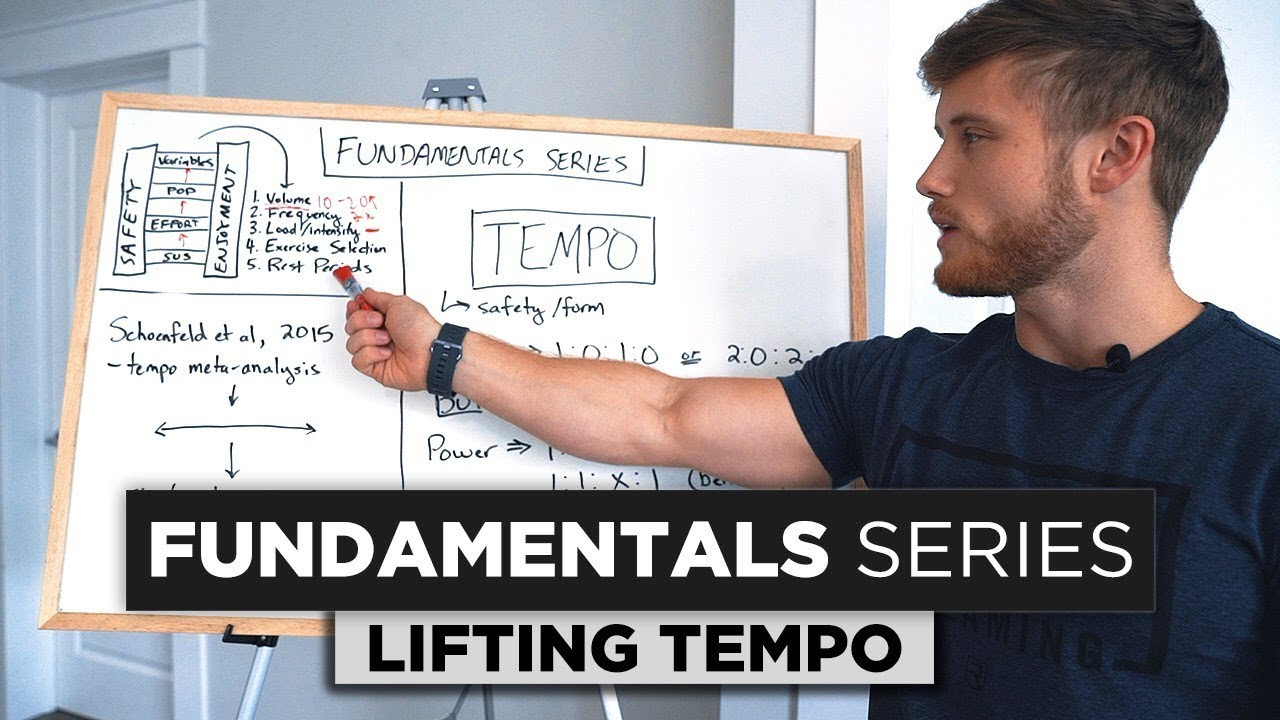The world of fitness is full of myths—some persistent, others newly trending. In this article, we’ll break down seven widely circulated fitness and nutrition claims, exposing what the latest science really says and what it means for your health and performance.
1. Cryotherapy Boosts Recovery More Than Anything Else
Cryotherapy chambers have become trendy in athletic circles, promising faster recovery and better performance. However, evidence tells a different story. While standing in freezing cold chambers may look impressive, traditional cold-water immersion (CWI)—a simple 10-minute cold bath—is actually more effective at reducing muscle soreness.
But even CWI may not be as magical as once thought. One study showed that an easy cooldown on a stationary bike performed just as well for recovery. Worse, prolonged cryotherapy use may even interfere with muscle growth. Studies reveal that regularly using cold treatments after workouts can blunt the anabolic signaling necessary for muscle building.

Takeaway: Cold plunges might help reduce soreness short-term, but if hypertrophy is your goal, limit their use post-training.
2. HIIT Workouts Burn Fat for Hours After Exercise
High-Intensity Interval Training (HIIT) is praised for its supposed “afterburn” effect—burning calories long after your workout ends. While it’s true that excess post-exercise oxygen consumption (EPOC) exists, the caloric impact is often overstated. A review showed that 80 minutes of HIIT might burn just 80 additional calories afterward.
Some studies suggest HIIT is more time-efficient, potentially saving you 40% more time than traditional cardio. However, this may stem from placebo effects or suppressed appetite, not superior fat loss mechanisms.
Pros of HIIT:
- Time-saving
- May be more engaging for some
Cons:
- More difficult to recover from
- Greater interference with strength training
- May be unnecessary if you’re already lifting intensely
Recommendation: Keep HIIT to 1–3 sessions per week. Use nutrition or low-intensity cardio for the rest of your caloric deficit.
3. Keto Is the Ultimate Fat-Loss Diet
The ketogenic diet has earned a cult-like following, but let’s look at it objectively. Studies show keto may yield slightly greater short-term weight loss, but the difference (about 1 kg) isn’t clinically meaningful over time. Much of this initial loss is water weight or higher protein intake rather than fat loss.
Yes, keto can reduce hunger for some, but other methods—like intermittent fasting or fiber-rich diets—can do the same. Long-term sustainability is often an issue, and keto restricts fruits, legumes, and whole grains, which are rich in vitamins, minerals, and fiber.
From a performance perspective, fat-adapted athletes often struggle with high-intensity training due to depleted muscle glycogen. While some individuals may feel mentally sharper or experience better appetite control, keto isn’t a magic bullet.

Verdict: Choose a diet that you can stick to long-term. Keto works for some but isn’t inherently superior to balanced, sustainable approaches.
4. Frozen Vegetables Are Always Less Nutritious Than Fresh
Many people assume that fresh produce is the healthiest option, but nutrient content depends heavily on the type of produce and how it’s stored. For instance, fresh broccoli has more beta-carotene than frozen, but frozen corn contains more than its fresh counterpart.
Studies have shown that fresh produce can lose nutrients quickly during transportation and storage. In contrast, freezing locks in many vitamins and minerals. Canned vegetables, while sometimes high in sodium, can also retain nutrients effectively.
Bottom line: The healthiest veggies are the ones you’ll actually eat. Don’t overthink it—whether fresh, frozen, or canned, they all beat ultra-processed snacks.
5. Your Knees Should Never Pass Your Toes When Squatting
The old-school rule about never letting your knees go past your toes during a squat is outdated and oversimplified. Preventing knee movement often leads to exaggerated forward lean, which increases stress on the lower back and hips.
Biomechanical research confirms that allowing some forward knee travel is natural and often necessary for proper depth and balance. Instead of obsessing over toe alignment, focus on these key points:
- Keep your heels firmly planted
- Ensure your knees track in line with your toes
- Center the bar over your midfoot
Conclusion: Everyone’s squat mechanics are different. Let your knees move naturally within safe alignment rather than restricting them arbitrarily.
6. Apple Cider Vinegar Melts Fat and Enhances Digestion
Apple cider vinegar (ACV) is often touted as a fat-burning elixir, digestion aid, and even blood sugar regulator. While a few studies suggest ACV can modestly lower blood sugar—especially in people with insulin resistance—its effects on fat loss are minimal at best.
A small trial involving obese subjects found that ACV led to a modest 2 kg weight loss over 12 weeks, but this weight came back shortly after the trial ended. Satiety benefits reported by some users were largely linked to nausea, not metabolic magic.
Plus, ACV can damage tooth enamel and irritate the esophagus, especially if consumed undiluted. Claims that it improves digestion or acts as a probiotic remain unsupported by solid science.
Reality check: ACV might help regulate blood sugar in certain individuals, but it’s not a weight-loss miracle or digestive cure. Drink with caution—and always dilute.

7. Alcohol Stops Fat Loss Cold
While alcohol doesn’t defy thermodynamics—it still contains calories—its impact on metabolism is real. After drinking, your body prioritizes metabolizing alcohol over burning fat. This temporary suppression of fat oxidation can make it harder to stay in a deficit, especially when combined with poor food choices and lowered inhibitions.
Even more concerning, heavy drinking can impair muscle recovery. One study showed that post-exercise alcohol reduced muscle protein synthesis by up to 37%. Interestingly, this effect was much more pronounced in men than women.
Guidelines for fitness-minded drinkers:
- If drinking, consider cutting back fat intake that day
- Avoid late-night calorie binges
- Keep protein intake consistent
- Drink moderately, not habitually
Final thought: The occasional drink won’t ruin your progress, but frequent or excessive alcohol use can seriously slow down fat loss and muscle growth.
Final Words
Myths often linger because they contain a sliver of truth. But when building muscle, burning fat, or improving performance, nuance matters. Always question fitness trends, look at the evidence, and prioritize consistency over gimmicks. More myths will be debunked in future updates—stay tuned and stay informed.



